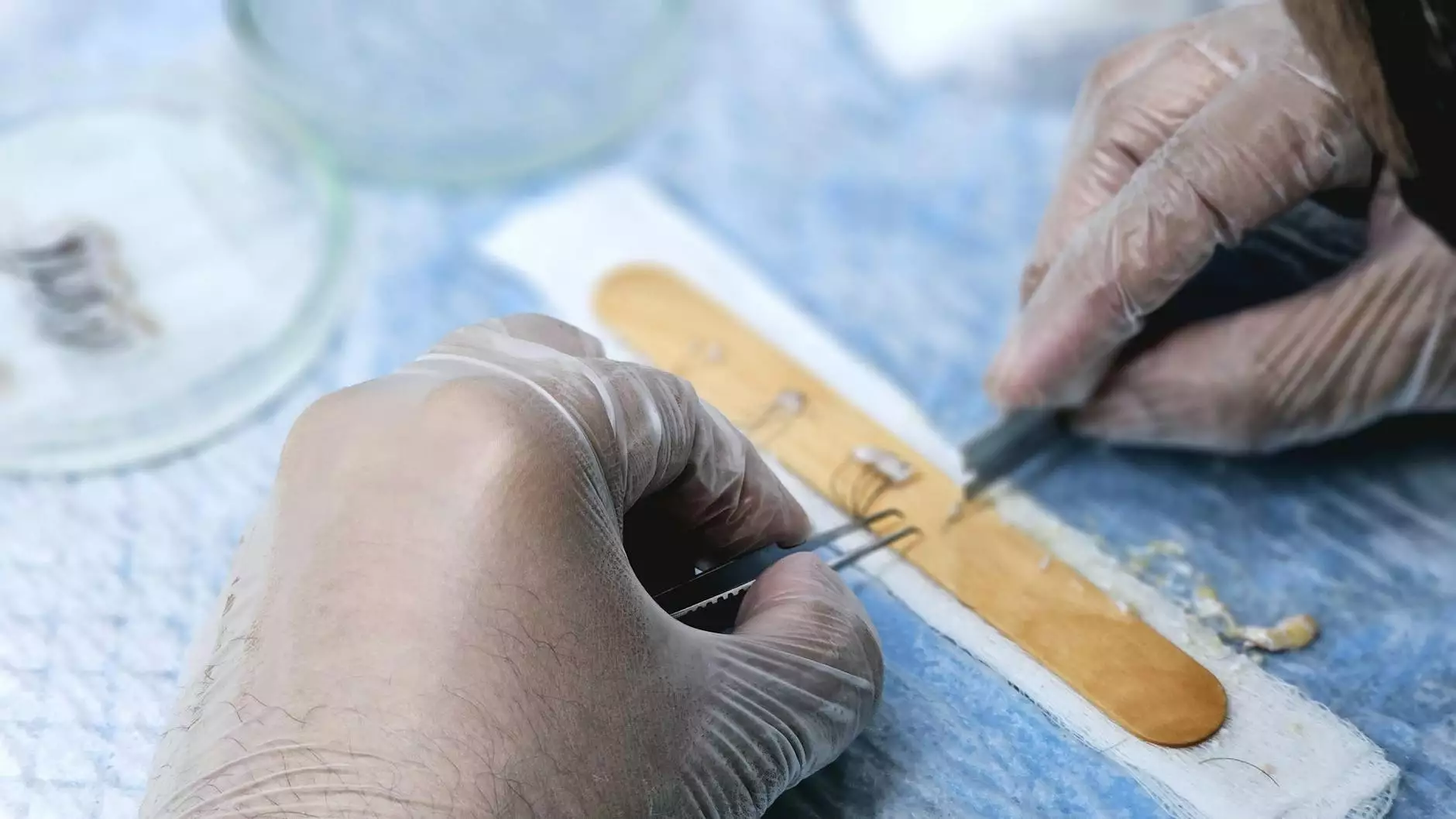Understanding Beard Transplantation: A Comprehensive Guide

In recent years, the concept of beard transplantation has gained significant popularity among men seeking to enhance their facial hair growth. This innovative procedure not only offers a solution for those struggling with patchy or inadequate beard growth but also empowers men to achieve their desired facial aesthetics. In this extensive guide, we delve deep into the world of beard transplantation, covering everything you need to know about the procedure, from techniques and benefits to costs and aftercare.
What is Beard Transplantation?
Beard transplantation is a surgical procedure that involves transferring hair follicles from one part of the body, usually the scalp, to the beard area. This surgical intervention is tailored for men with thin, patchy, or no beard growth at all. By utilizing the FUE (Follicular Unit Extraction) or FUT (Follicular Unit Transplantation) methods, skilled surgeons are able to harvest robust hair follicles and implant them into the facial region, promoting natural hair growth.
Why Choose Beard Transplantation?
- Enhanced Appearance: A fuller beard often enhances a man’s facial features, providing a more masculine aesthetic.
- Boosted Confidence: Many men report increased self-esteem and confidence following the procedure when they can achieve their desired beard look.
- Natural Results: When performed by an experienced surgeon, the results appear natural, blending seamlessly with existing hair.
- Permanent Solution: Unlike temporary solutions, such as beard fillers or hair fibers, results from beard transplantation are typically permanent.
Techniques Used in Beard Transplantation
The two most common techniques employed in beard transplantation are Follicular Unit Extraction (FUE) and Follicular Unit Transplantation (FUT). Below is a detailed overview of each method.
Follicular Unit Extraction (FUE)
FUE is a minimally invasive technique that involves extracting individual hair follicles from the scalp using a small punch tool. This method offers several advantages:
- Minimal Scarring: FUE leaves tiny dot scars instead of a linear scar, making it an appealing option for men who prefer shorter hairstyles.
- Quick Recovery Time: Patients typically experience faster recovery and less discomfort compared to traditional methods.
- Natural-Looking Results: As hair follicles are transplanted individually, they can be placed in varying angles and directions for a more realistic beard appearance.
Follicular Unit Transplantation (FUT)
FUT, also known as strip method, involves removing a strip of scalp from a donor area and then dissecting it into individual follicles. Here are the key features of this method:
- Higher Follicle Yield: FUT generally allows surgeons to harvest a larger number of hair follicles in a single session.
- Cost-Effective: This method may be less expensive compared to FUE due to reduced time spent on extraction.
- Suitable for Larger Areas: Ideal for filling larger patchy areas on the beard.
The Beard Transplant Process
Understanding the step-by-step process of beard transplantation helps in setting realistic expectations for potential candidates. The procedure typically involves the following steps:
1. Consultation
The journey begins with a thorough consultation with a qualified surgeon. During this session, the surgeon assesses the patient's hair type, existing beard growth, and overall health. This is also the time to discuss goals and potential outcomes.
2. Pre-Operative Preparations
Pre-operative instructions may include avoiding blood-thinning medications and alcohol, as well as specific grooming actions to prepare the donor area.
3. The Procedure
On the day of the surgery, the patient will be given local anesthesia to ensure comfort during the procedure. Depending on the technique chosen, the extraction of hair follicles is performed, followed by the implantation into the recipient sites on the beard area.
4. Post-Operative Care
Aftercare is crucial for optimal results. Surgeons provide specific instructions regarding cleaning, medication, and activities to avoid, ensuring the best healing process.
Costs of Beard Transplantation
The cost of beard transplantation can vary significantly based on several factors, including location, surgeon expertise, and the number of grafts required. On average, patients may expect to pay anywhere from $3,000 to $15,000. Here’s a breakdown of potential costs:
- Geographical Location: Prices typically vary by region, with urban centers generally being more expensive.
- Surgeon’s Expertise: Highly skilled and experienced surgeons may charge higher fees but often ensure quality results.
- Number of Grafts: The cost is often determined by the number of grafts required; more extensive patches may result in increased costs.
Aftercare and Recovery
Proper aftercare following beard transplantation is essential for a successful outcome. Here are some important guidelines:
- Follow Surgeon’s Instructions: Adherence to the surgeon’s post-operative instructions is critical for effective healing.
- Avoid Touching the Area: Refrain from touching, scratching, or picking at the transplanted area to prevent infection.
- Wear a Headband: A loose headband can help protect the treated area from accidental impacts during the initial healing phase.
- Stay Hydrated and Nourished: Proper nutrition supports healing; ensure to drink plenty of water and maintain a balanced diet.
Risks and Considerations
As with any surgical procedure, beard transplantation carries certain risks. It’s crucial to weigh these against the potential benefits. Some common risks include:
- Infection: Though rare, infection can occur post-surgery and may require treatment.
- Scarring: While FUE minimizes scarring, some residual marks may still appear.
- Unnatural Results: Inexperienced surgeons may result in unsatisfactory outcomes, emphasizing the importance of choosing a qualified professional.
Final Thoughts on Beard Transplantation
In conclusion, beard transplantation is a revolutionary procedure that has provided countless men with the opportunity to achieve their desired beard styles. The journey from consultation to post-operative care emphasizes the importance of understanding the process and being informed about options available. If you are considering enhancing your beard through transplantation, it is crucial to consult with a qualified surgeon, such as those available at HairTrans.net, to discuss your individual needs and objectives. A fuller beard not only has cosmetic benefits but can also significantly boost your confidence and self-image.









